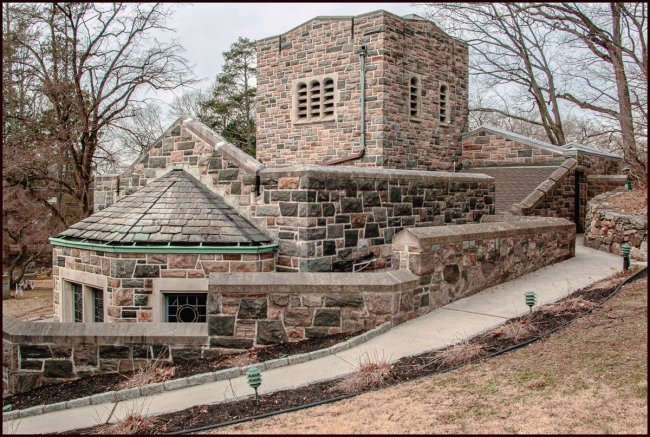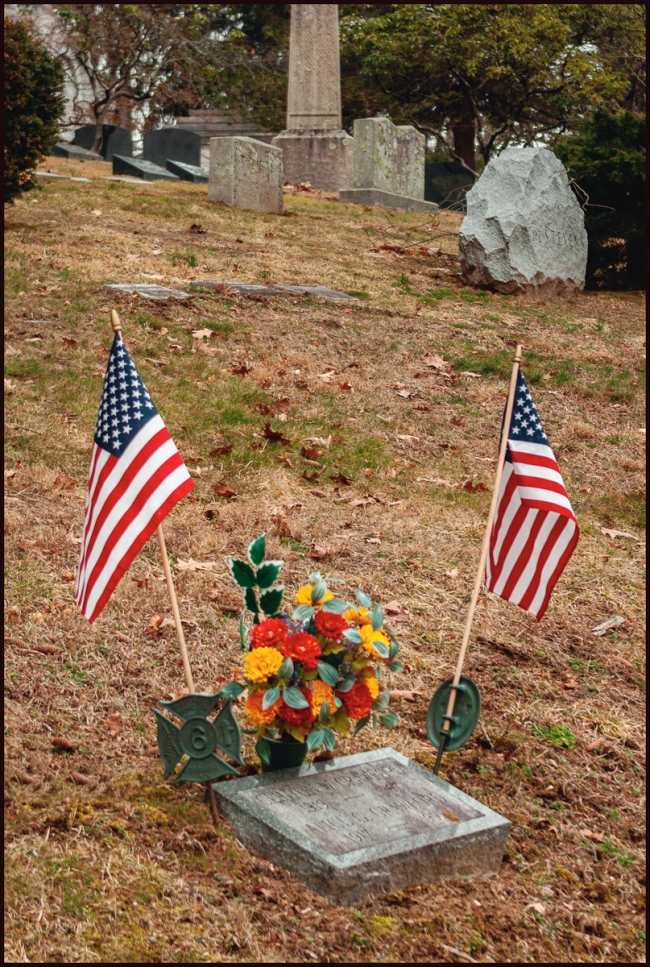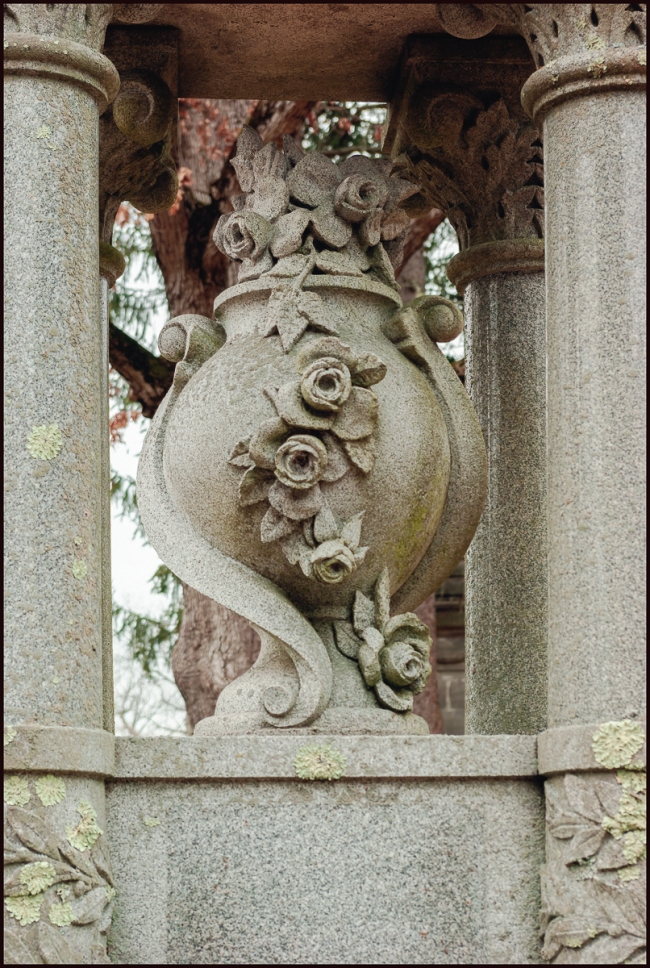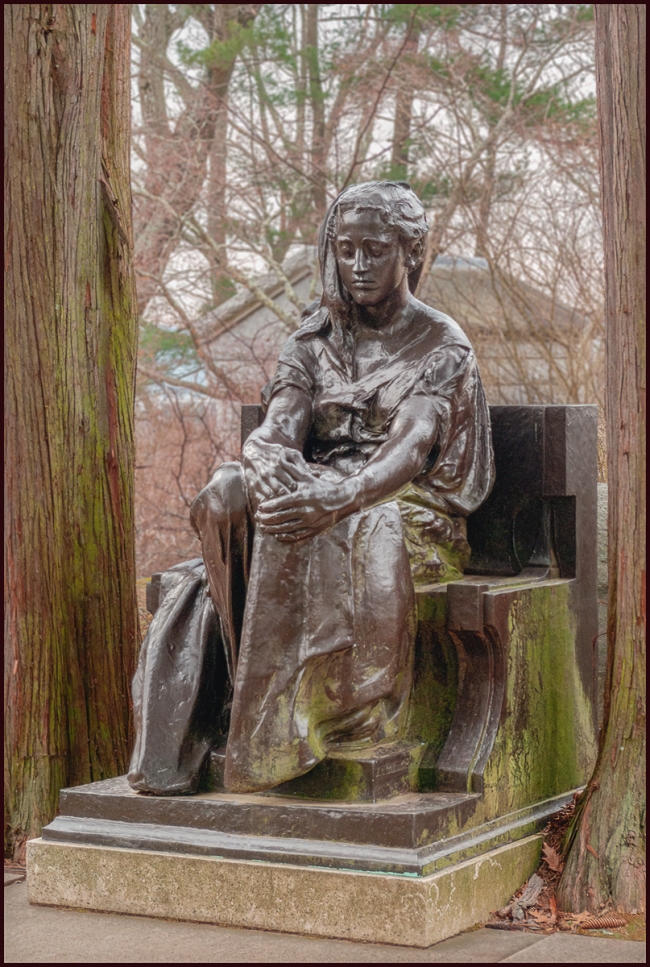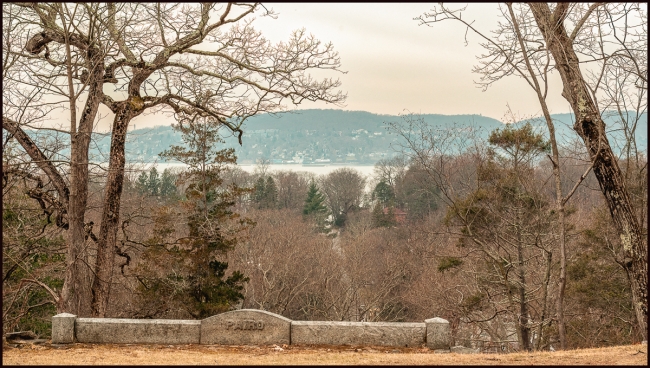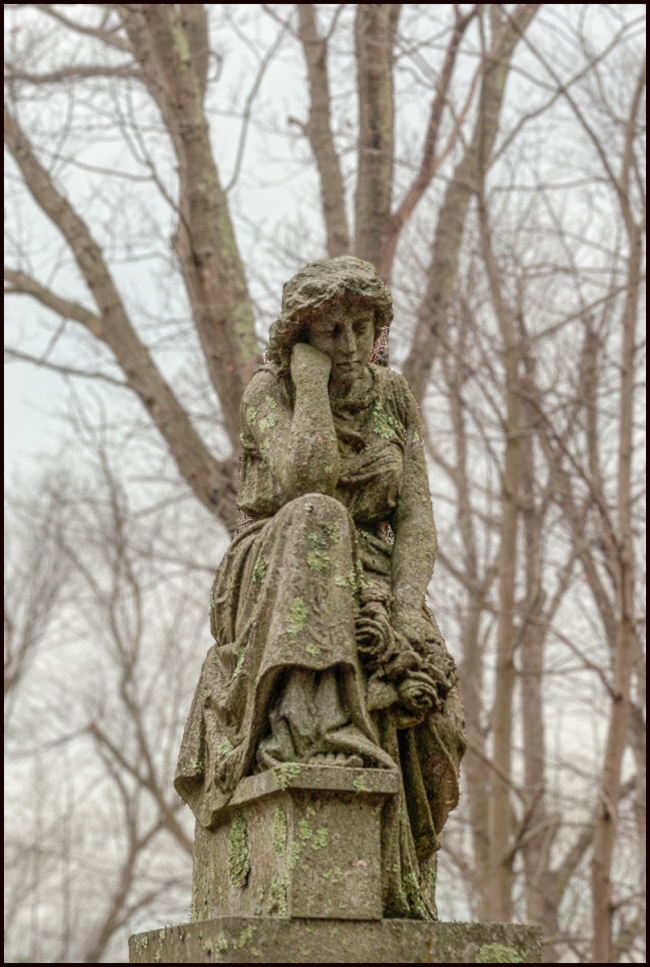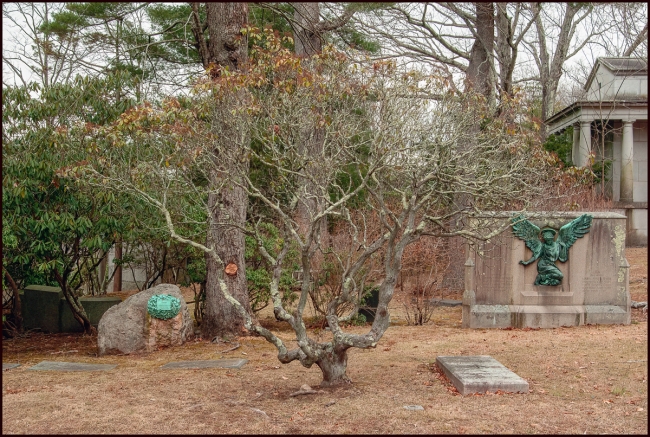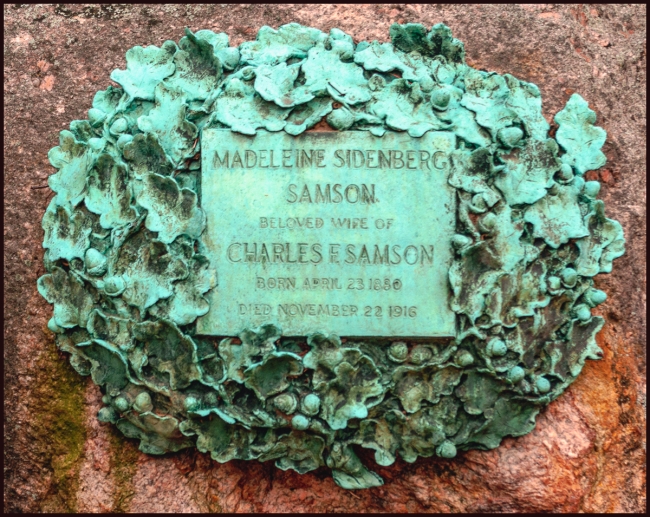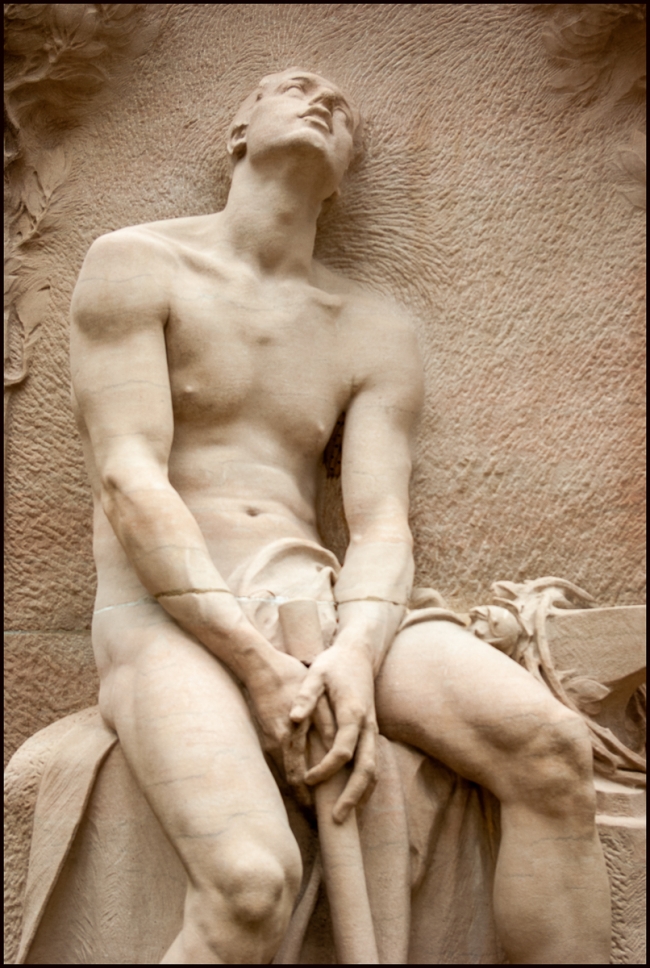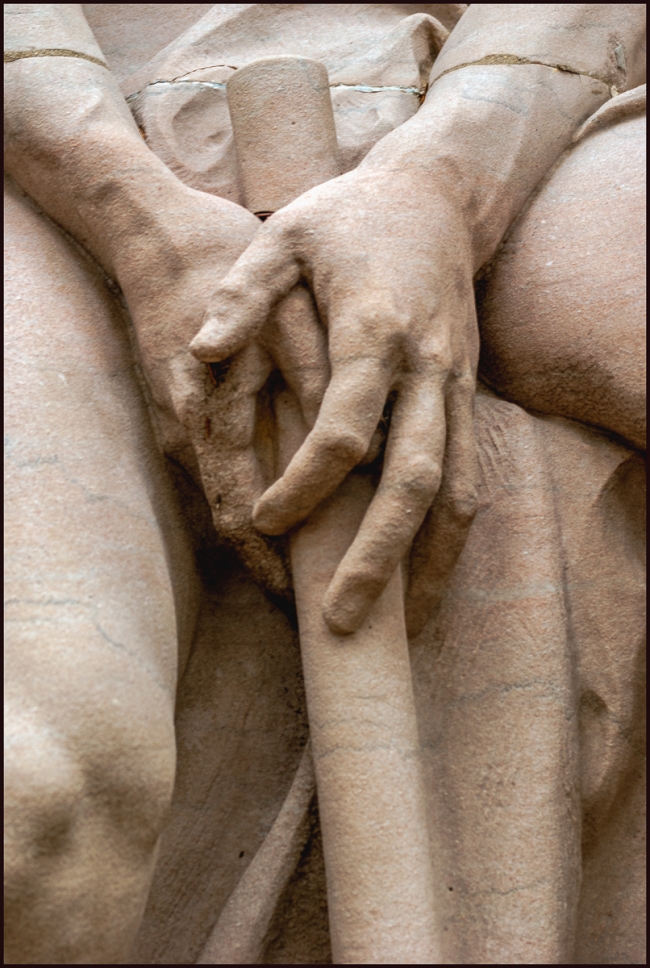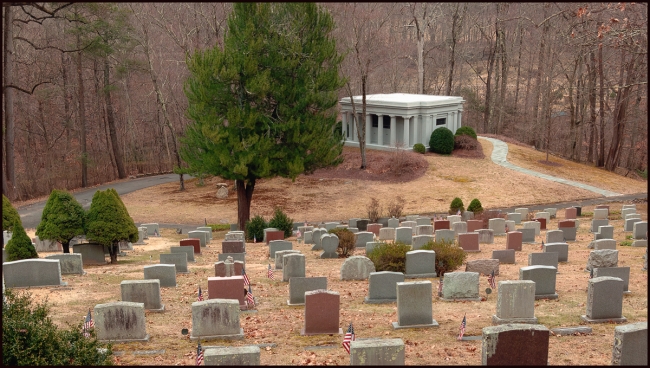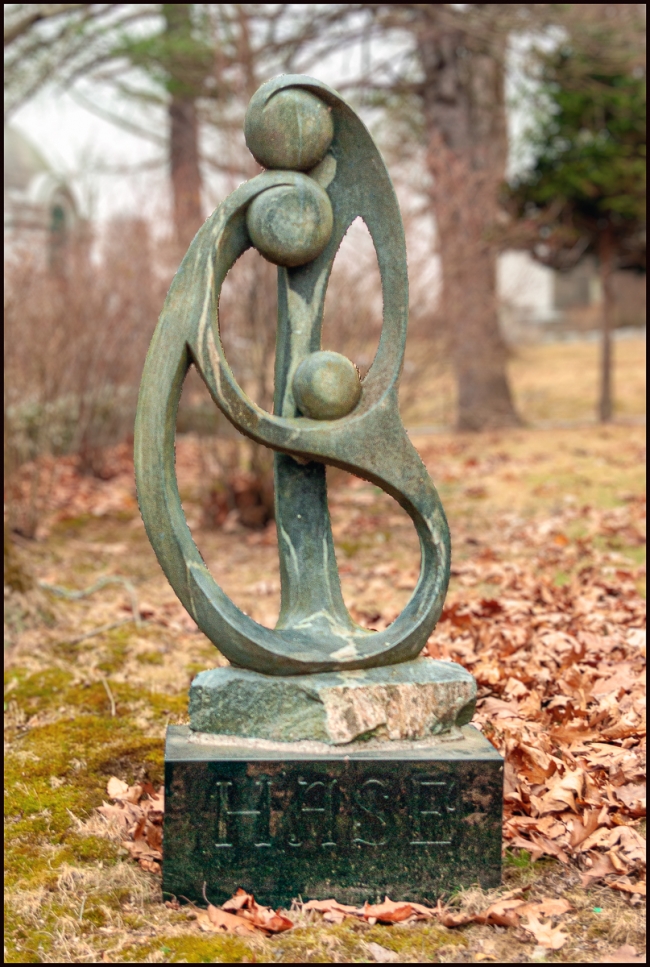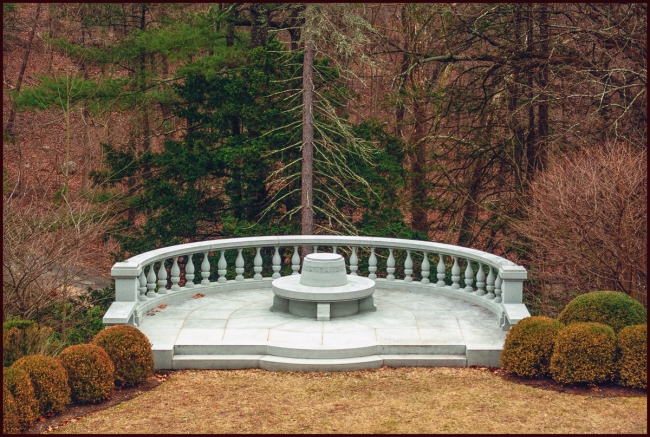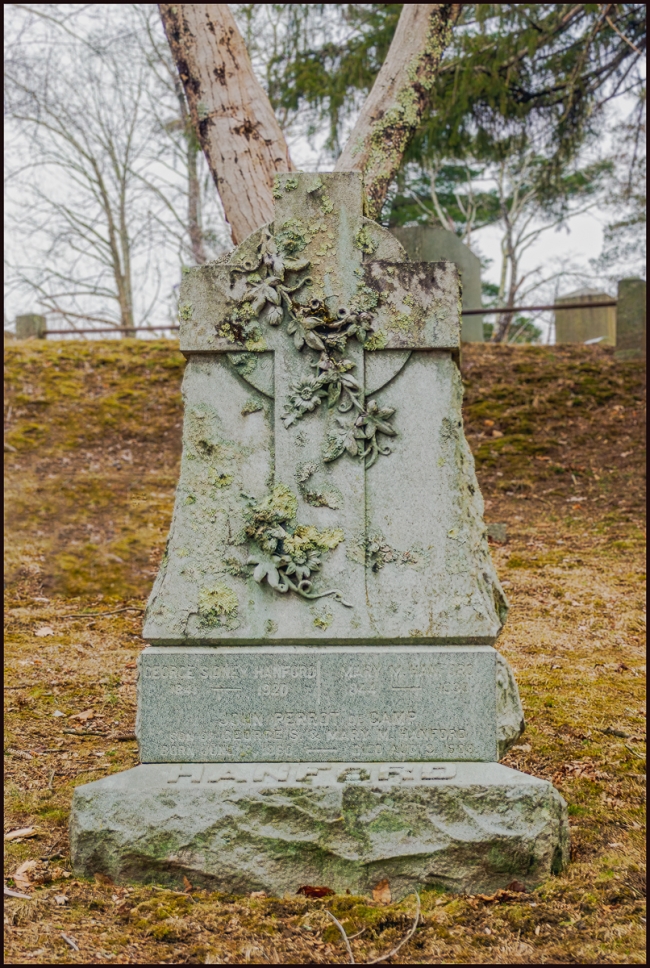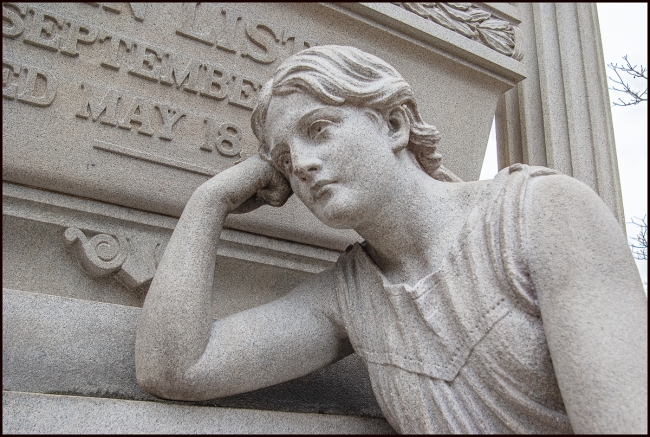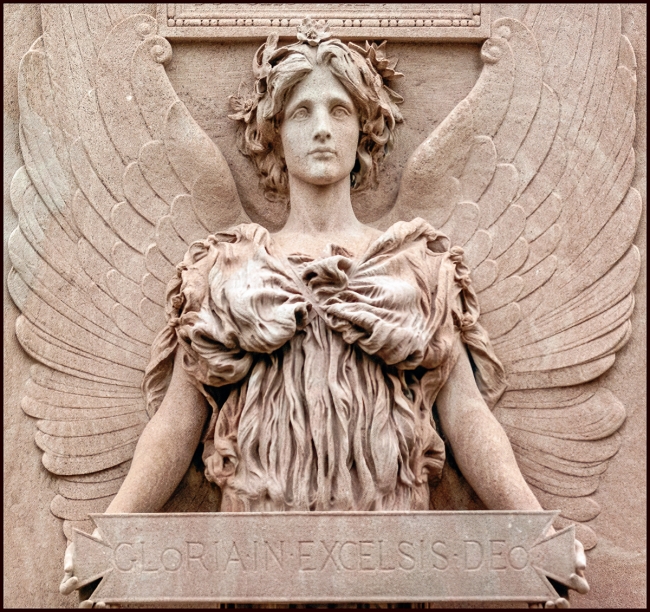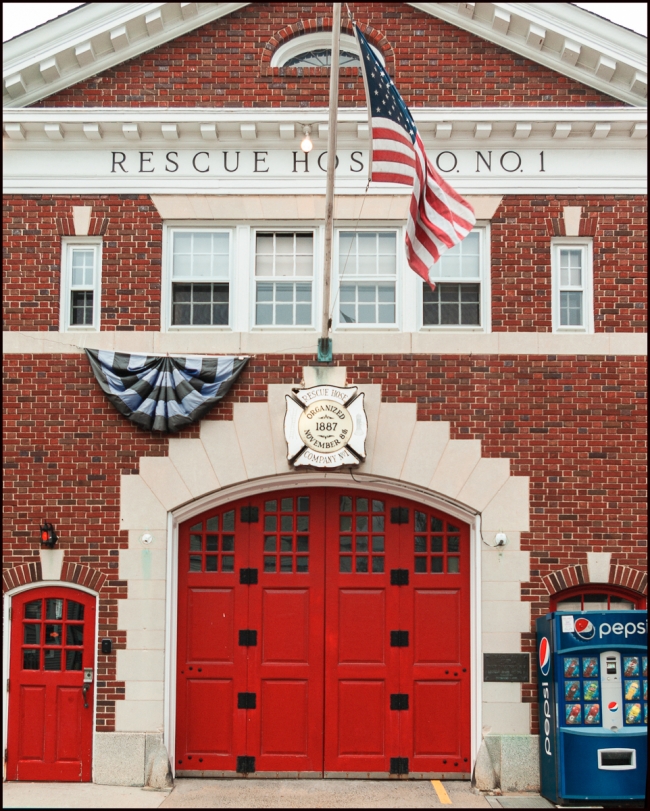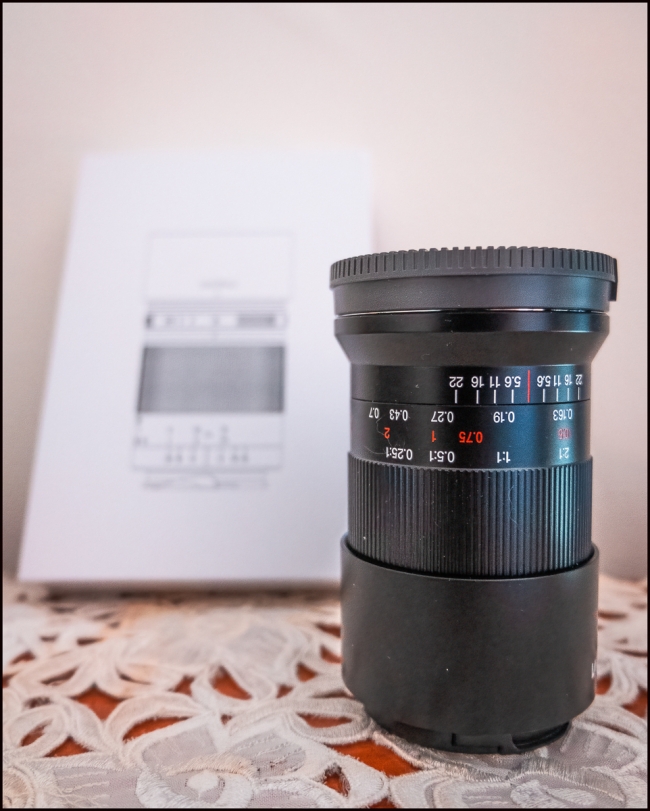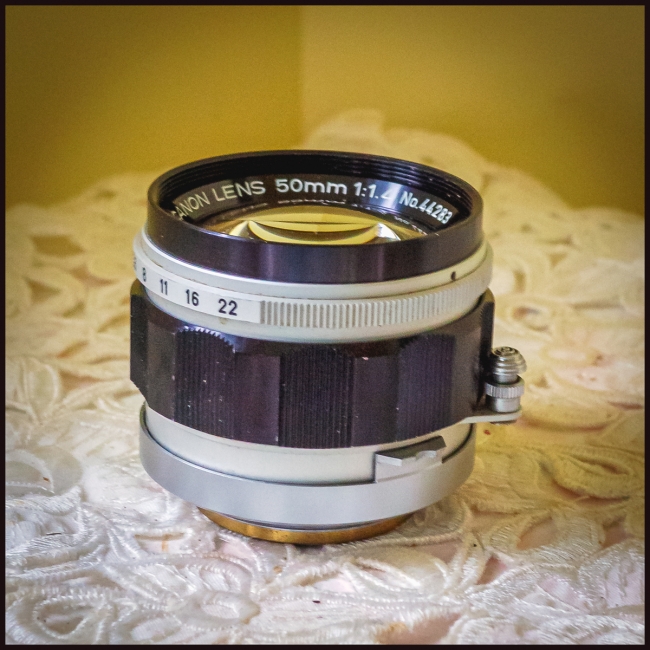I decided I needed an ultrawide lens for my Fuji cameras. It’s a Fuji XF 10-24mm f4 R OIS (the earlier version rather than the later version that among other things improved the weather sealing that many complained about the lack of, something that’s not all that important to me.
There’s a useful review of it on Optical Limits. The conclusion reads:
If you read our analysis so far, you may have noticed a few negative findings but this has to be seen in a context. Ultra-wide lenses are never flawless and the Fujinon XF 10-24mm f/4 R OIS is actually one of the best representative of its species. It is very sharp in the image center and the border- and corner quality is very decent. Lateral chromatic aberrations are also low. Yes, image distortion and vignetting can be very noticeable at the extreme wide end but most users will probably take advantage of image auto-correction here anyway. In terms of build quality, we are highly impressed. Fujinon lenses are better than most here anyway but Fujifilm has reached a new level here. However, even so it is a bit disappointing that they didn’t provide weather sealing. While it isn’t something unusual anymore, we certainly appreciate the image stabilizer which actually lifts the low light capabilities of this zoom lens beyond the two ultra-wide prime lenses (Zeiss Touit 12mm f/2.8 and Fujinon XF 14mm f/2.8 R) of the system. If you are still not convinced by now … the author will keep the lens in his private stock. Consequently … highly recommended!
I’d agree. To me it feels relatively light, sturdy, well balanced and very comfortable to use. I can see it staying on my Fuji X-E3 for quite a while.
Taken with a Sony A7IV and Venus Optics Laowa 85mm f5.6


